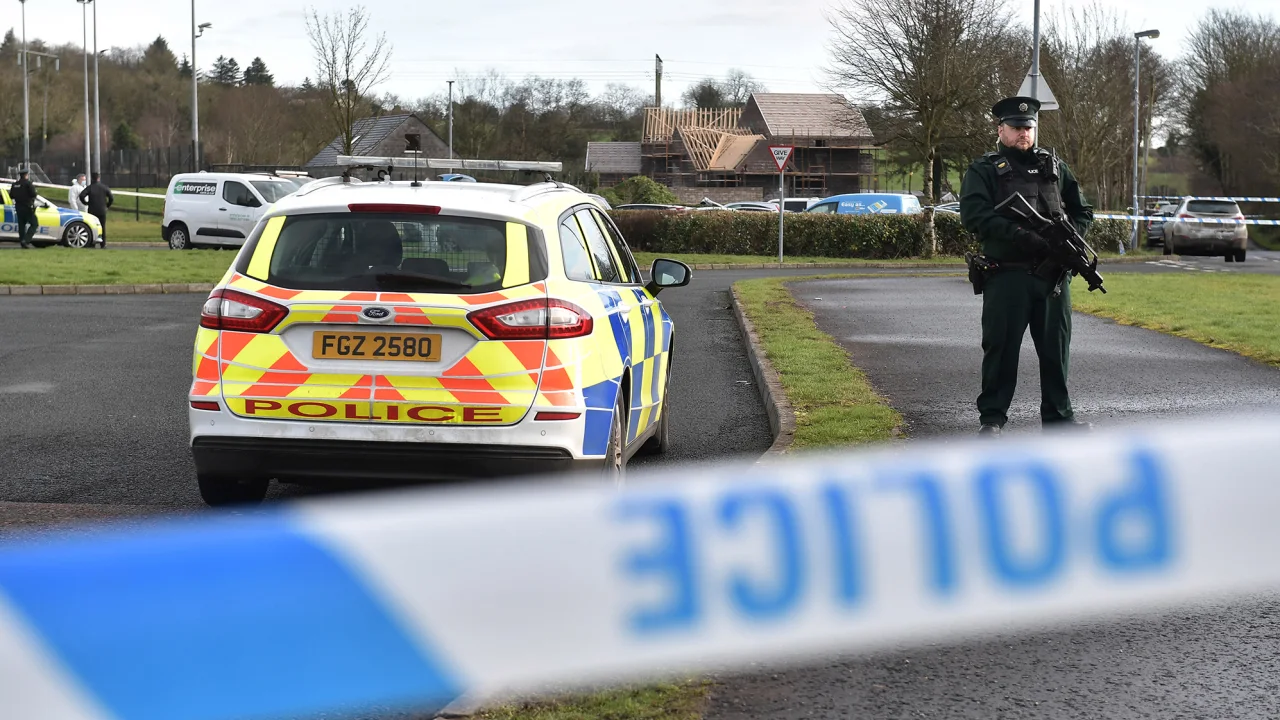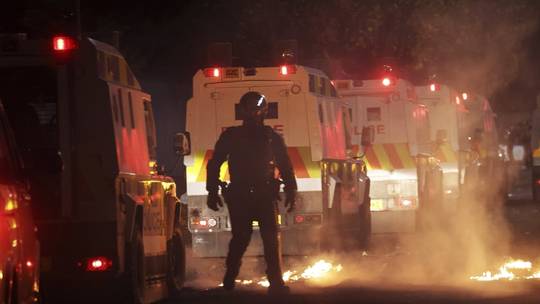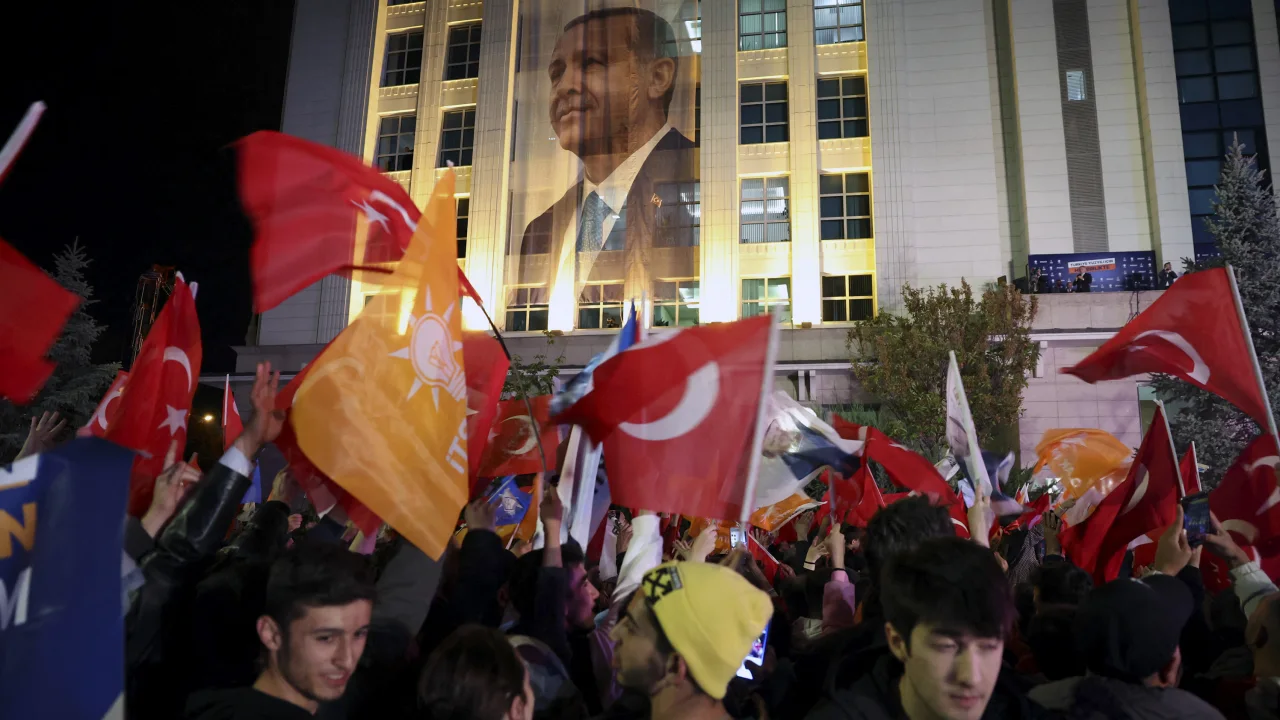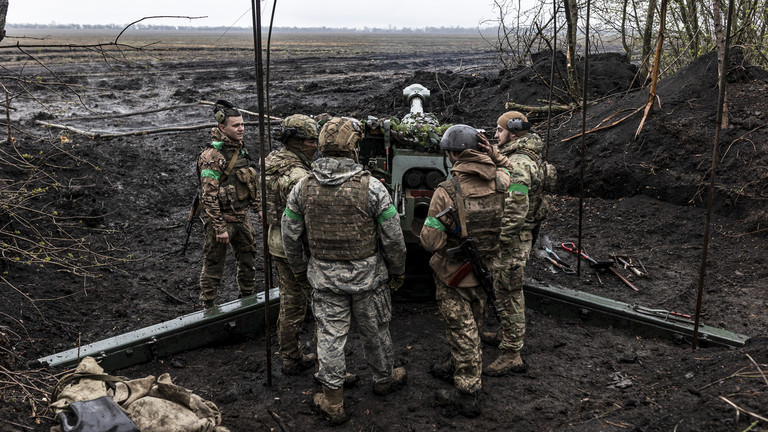The Good Friday Agreement: What is it? How a historic agreement put an end to the Northern Ireland Troubles
April 7, 2023Tweet

US President Joe Biden will visit Belfast, Northern Ireland, next week to mark the 25th anniversary of the Good Friday Agreement (GFA), a peace deal that brought an end to decades of sectarian violence on the island of Ireland known as “the Troubles.” The Troubles was a period of sectarian violence between Republicans (supporters of a united Ireland) and Unionists (Protestants loyal to the United Kingdom). Horrific terrorist attacks were carried out by members of paramilitary organizations, as well as acts of brutality by police and army officers. Conflict between Republicans and Unionists had existed for centuries, but the 1921 partition of Ireland created Northern Ireland. This created huge anger among Northern Irish Republicans, who felt they were now a minority in their own country. The exact catalyst for the Troubles is a matter of opinion.
Ulster University lists the death of Francis McCloskey, a 67-year-old Republican Catholic, as the first death in the Troubles. From this date, the list of violent incidents escalated. Some attacks were carried out by Unionist paramilitary groups, some by police or army officers on protesters, and some by Republican paramilitary groups, including the Provisional Irish Republican Army (IRA). The IRA is the best known paramilitary group of the Troubles due to its scale of its attacks, two of which struck at the heart of the British establishment. Former IRA members justify their previous extreme actions by claiming there was no alternative to conflict. Martina Anderson, a former IRA volunteer, was sentenced to life in prison in 1986 and went on to become an elected politician for Sinn Fein.
Belfast Northern-ireland Gfa United-kingdom Troubles
Comments
Related news

'Done agreement' on Messi's move to Saudi Arabia - media
Read more
North Korea issues a dire warning on the US-South Korea deterrence agreement.
Read more
To ensure that "Brits don't screw around," Biden said, he travelled to Ireland.
Read more
Macron wants the French pension system in place by the end of the year.
Read more
‘The beginning of the end?': Experts warn as Antarctic sea ice sets record low for second year.
Read more
Days before a potential Biden visit, the UK elevates the danger level for terrorism in Northern Ireland.
Read more
Yemen conflict will end thanks to Saudi Arabia: media
Read more
There is now a "serious" danger of terrorism in Northern Ireland.
Read more
After Erdogan fails to win outright, Turkey faces a historic runoff election.
Read more